#analog vibes
Explore tagged Tumblr posts
Text

A Pause in the Night
#@ordinary_pictures_jh#@ranee_kimsu#city streets#late night#film camera#film photography#analog photography#35mm film#film aesthetic#moodygrams#night photography#urban loneliness#city lights#analog vibes#cinematic feel#underpass#soft darkness#cinestill#cinestill800t#Insta
360 notes
·
View notes
Text



Behind the scenes photos from ‘The Virgin Suicides’ taken by Corrine Day 𓂃˖ ࣪⊹
#the virgin suicides#sofia coppola#cinema#movies#film#films#film is not dead#film frames#analog vibes#cinematography#film stills#cinephile#screencaps#aesthetic#sofia coppola aesthetic#corinne day#kirsten dunst#1990s films#1990s#90s style
174 notes
·
View notes
Text
A piece about human connection, and why we create art in a way that is irreplicable by generative AI.
73 notes
·
View notes
Photo

jefferson, tx | @hannalchemy
#35mm#35mm film#35mm color film#35mm camera#35mmclub#35mm photography#analogue#analog#analog vibes#vans#van#hippistyle#hippie#hippilife#70s#70s aesthetic#small town#filmisnotdead#filmisalive
265 notes
·
View notes
Text

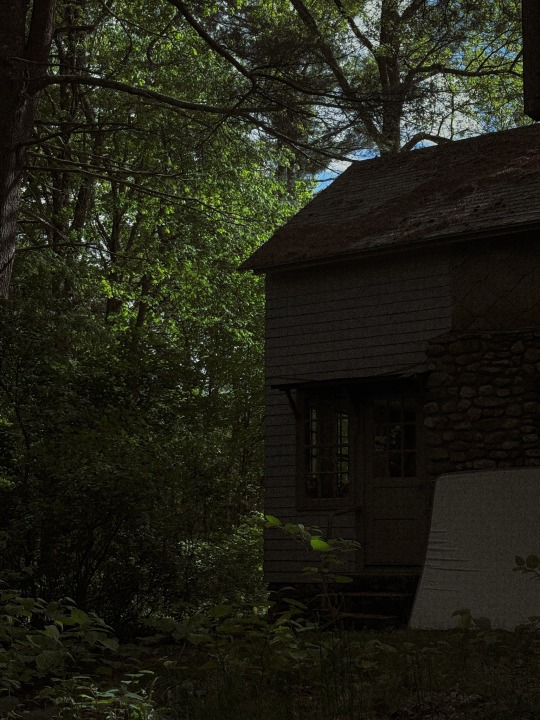

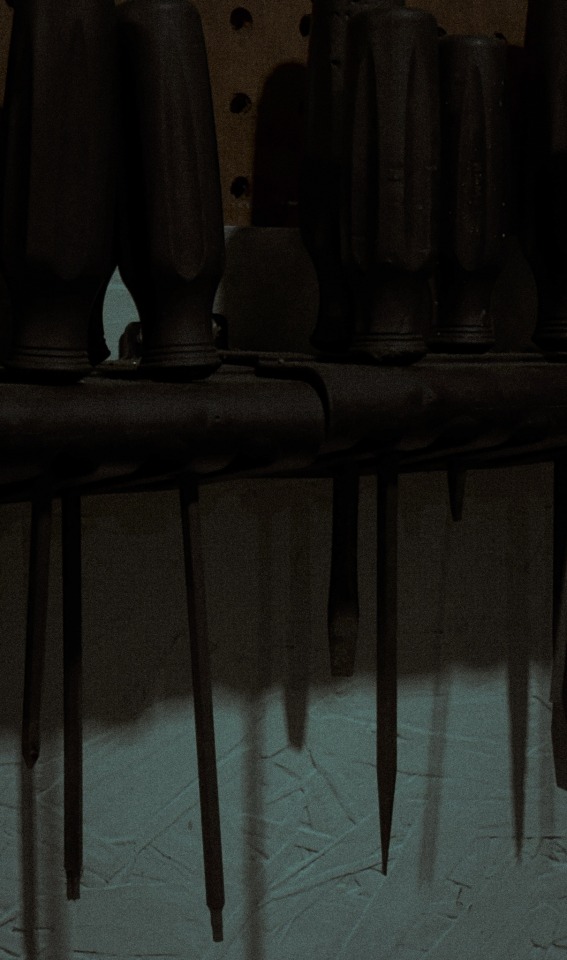
Something about the darkness makes me want to stay
12 notes
·
View notes
Text

Vintage Toycore is a visual and emotional aesthetic that centers on the nostalgic appeal, cultural history, and sensory experience of toys primarily from the mid-20th century to the early 1990s. This aesthetic movement and niche interest reflects both a historical and sentimental fascination with toys from past decades, drawing heavily on childhood memory, early consumer culture, retro design motifs, and the psychological effects of nostalgia. Vintage Toycore is rooted in both the tangible collection of vintage toys and the intangible experience associated with them, such as visual style, media portrayals, packaging, marketing, and the broader sociocultural context in which these toys existed.

Vintage Toycore refers not only to the physical collection and appreciation of toys produced in earlier decades but also to an aesthetic that romanticizes their cultural and emotional value. The “core” suffix, borrowed from internet culture and visual classification systems (such as cottagecore or vaporwave), signifies that the focus is less on the object itself and more on the feelings, visuals, and atmosphere that those objects evoke. It is not merely a collecting hobby but also a subcultural aesthetic that permeates visual art, photography, fashion, interior design, and digital culture.
The aesthetic typically includes, but is not limited to, toys such as:
Plastic and tin wind-up toys
1950s–1980s dolls (e.g., Barbie, Chatty Cathy)
Action figures from the 1970s–1990s (e.g., G.I. Joe, Star Wars figures)
Wooden toys and puzzles
Vintage plush animals (e.g., Steiff, early Gund toys)
Fisher-Price Little People, Speak & Spell, and educational toys
80s and 90s battery-operated and electronic toys (e.g., Tamagotchi, Game Boy, Polly Pocket)
Board games and card games with retro design
Original packaging and promotional materials

The foundation of Vintage Toycore is inseparable from the post-World War II consumer boom and the golden age of industrial toy production. The late 1940s to the 1980s saw a transformation in toy manufacturing, driven by mass production, the rise of plastics, television advertising, and the globalization of children’s media.
1940s–1950s: The post-war era introduced affordable mass-market toys. Companies like Hasbro, Mattel, and Fisher-Price emerged or rose to prominence. Toys such as tin robots, wood-and-metal trains, and early plastic dolls became staples of childhood.
1960s–1970s: This period brought increased sophistication in toy design and marketing. Action figures such as G.I. Joe (1964) and Barbie’s continued evolution mirrored shifts in gender roles and social expectations. Educational toys and science-themed kits were also popular amid the Space Race.
1980s–1990s: Often viewed as a peak in toy culture, this era introduced highly merchandised toy lines tied to TV shows and films, such as Transformers, My Little Pony, Teenage Mutant Ninja Turtles, and He-Man. The rise of Japanese imports like Tamagotchi and early video games contributed to the broadening of what could be considered a "toy." Bright colors, molded plastics, and techno-optimism defined this era's toy design.
These decades now serve as the primary reservoir of inspiration and material for Vintage Toycore, which values the visual language and emotional resonance of these eras' toys.
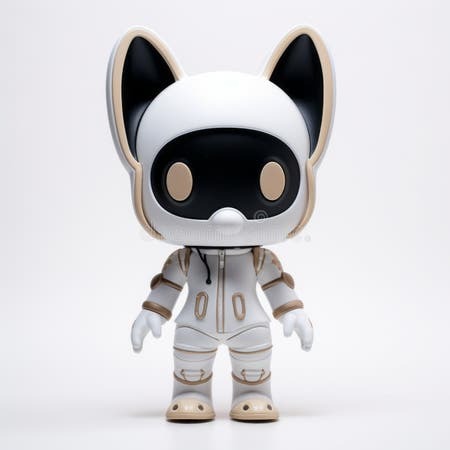
The aesthetic of Vintage Toycore is defined by specific visual, auditory, and tactile markers, often evoking a synesthetic response that blends sight, memory, and emotion.
Vintage Toycore frequently uses:
Muted pastels and saturated primaries (especially in 1950s and 60s designs)
Neon and synthetic hues (typical of 1980s and early 90s toys)
Off-white plastic yellowing from age
Patterns reminiscent of early box art and branding
Plastic is a dominant medium—both shiny and matte—used in molded toys and packaging.
Tinplate and wood, more common in earlier toys, represent craftsmanship and durability.
Flocked materials, rubber, and early synthetic fibers are also common, especially in plush toys.
Typography often includes bubble letters, blocky sans-serifs, or hand-drawn fonts used in toy packaging and early advertisements. Box illustrations from pre-digital printing are prized for their charm and distinct style, often featuring optimistic, smiling cartoon children.
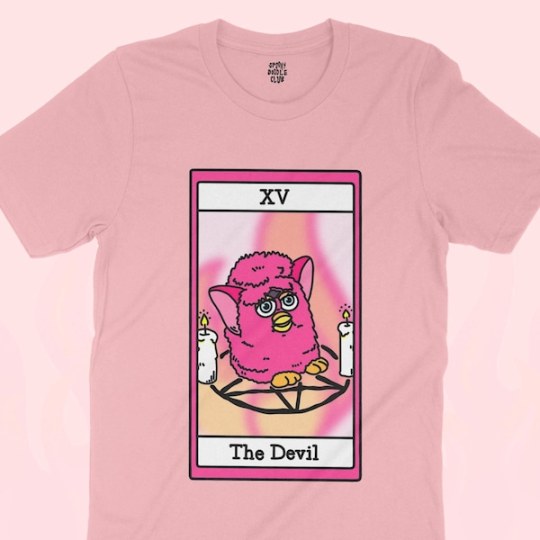
One of the defining features of Vintage Toycore is its strong relationship with nostalgia. The psychological term "reminiscence bump" explains why individuals remember and are emotionally attached to media from their early years. Vintage Toycore capitalizes on this effect by evoking feelings of safety, joy, innocence, and familiarity.
The aesthetic also intersects with concepts in developmental psychology, particularly object permanence, transitional objects, and the role of toys in early identity formation. For adults who embrace Vintage Toycore, the toys often serve as symbolic anchors to an idealized or emotionally resonant past.
Furthermore, the aesthetic is sometimes used in therapeutic or introspective contexts, such as memory work, inner child healing, or creative expression.

Vintage Toycore manifests in both physical and digital spaces. Key communities and expressions include:
Vintage Toycore thrives on platforms like Tumblr, Instagram, TikTok, and Pinterest, where users share curated photos of toy collections, aesthetic compositions, or nostalgic reflections. Hashtags like #vintagetoycore or #retrotuna categorize related content.
Vintage toys are frequently traded or displayed by collectors. Condition, packaging, rarity, and provenance are important. Some collectors focus on pristine, museum-quality toys, while others prioritize emotional or aesthetic value regardless of condition.
Photographers often stage vintage toys in elaborate dioramas or surreal scenes. Visual artists and illustrators incorporate toy motifs into pop-surrealist or retro-futurist compositions.
Some embrace Vintage Toycore through clothing styles inspired by 80s and 90s children's fashion, often mixing bright colors, playful patterns, and cartoon motifs. In interior design, the aesthetic appears in pastel-colored shelves, toy displays, and the use of retro furniture, evoking a child's playroom.
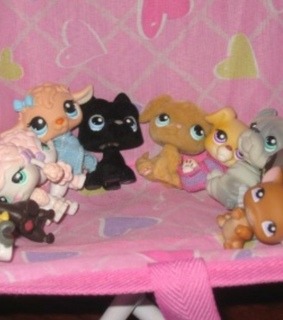
From a cultural studies perspective, Vintage Toycore sits at the intersection of consumer history, childhood studies, and design history. It reflects broader societal trends including:
The commodification of nostalgia in late capitalism
The infantilization of adult consumers and the rise of “kidult” culture
The aestheticization of memory and material culture
Eco-critical perspectives on plastic and permanence in consumer goods
Academic work on toys by scholars such as Gary Cross and Steven Mintz also contextualizes toys as windows into shifting cultural values around gender, technology, and the family.

Vintage Toycore overlaps with but is distinct from the following:
Kidcore: Focuses on bright, rainbow-colored designs and childlike motifs, often blending new and old. Less historically anchored.
Weirdcore/Dreamcore: May incorporate unsettling or surreal toy imagery but aims for liminality and disorientation rather than nostalgia.
Nostalgiacore: A broader term encompassing all nostalgia-themed aesthetics, including Vintage Toycore as a subset.
Cottagecore/Toylandcore: Occasionally overlaps in terms of vintage sensibility, but focuses more on natural or fairytale elements rather than mid-century consumer culture.

Some critics argue that Vintage Toycore, like other nostalgia-driven movements, risks sanitizing or idealizing the past. Issues include:
Cultural erasure: Emphasis on Western toy design can marginalize toys and childhood experiences from non-Western or marginalized communities.
Environmental critique: Many vintage toys are made from plastics and synthetic materials with long-lasting ecological impacts.
Consumerism: The aesthetic’s focus on collection and ownership can reinforce consumerist values under the guise of nostalgia.
Nonetheless, many within the community seek to balance appreciation with critical awareness, viewing the aesthetic as a way to re-contextualize past artifacts in more mindful and creative ways.
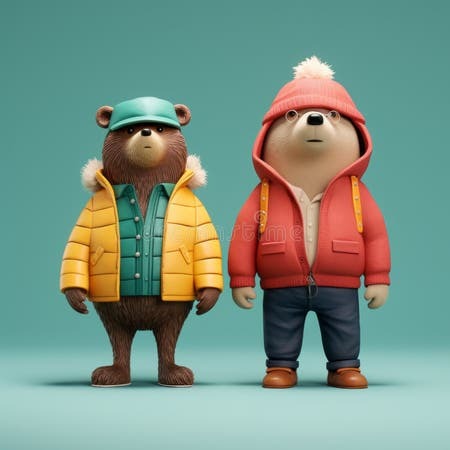
Vintage Toycore represents a deep and multifaceted engagement with the past—one that blends material culture, emotional memory, and artistic expression. It offers a lens through which to view not only the toys themselves but also the societies that created and cherished them. As both an aesthetic and cultural movement, it continues to evolve in conversation with technology, memory, and the timeless desire to revisit the magic of early play.
#vintage toycore#toycore#vintage aesthetic#nostalgiacore#retro aesthetic#kidcore#vintage toys#80s toys#90s toys#70s toys#vintage design#childhood nostalgia#nostalgic vibes#retro toys#pastelcore#analog vibes#old school toys#collectibles#vintage collectibles#plastic nostalgia#toy aesthetic#whimsicalcore#retro culture#nostalgic art#vintage kawaii#cute vintage#toy museum#retro childhood#toy photography#sentimental aesthetic
5 notes
·
View notes
Text

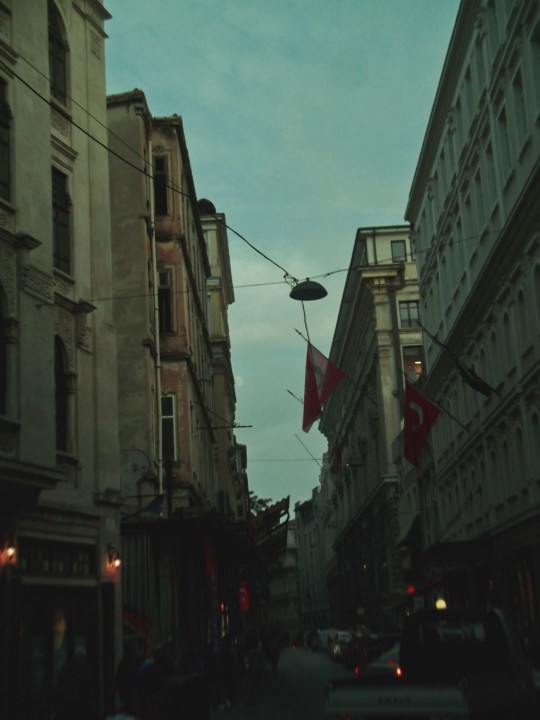
33 notes
·
View notes
Text
🎉New merch drop!🎉
Sticker sheets of my travel/daily life photography are here🤗 These are printed on parchment or tracing paper kind of material and neat for journaling or any other purposes!
I also made a small number of stickers with Nendoroid Risotto&Prosciutto(characters from JoJo’s Bizarre Adventure) because I had to😆😆😆
These will be in my Etsy shop in a few days when I’m done taking proper pictures. I’ll make an announcement then😎
#journaling#stickers#risopro#jjba#jojos bizarre adventure#la squadra di esecuzione#risotto nero jojo#prosciutto jojo#nendoroid doll#nendoroid photography#nendography#golden wind#my art#vento aureo#travel photography#stationery addict#original art#my toygraphy#analog vibes#vintage style#nostalgiacore#planner stickers
5 notes
·
View notes
Text
The song i would sing is not about the war Not about the drugs, and not about the star The story i would tell you its about a style of song
That style of song come from the
Underground
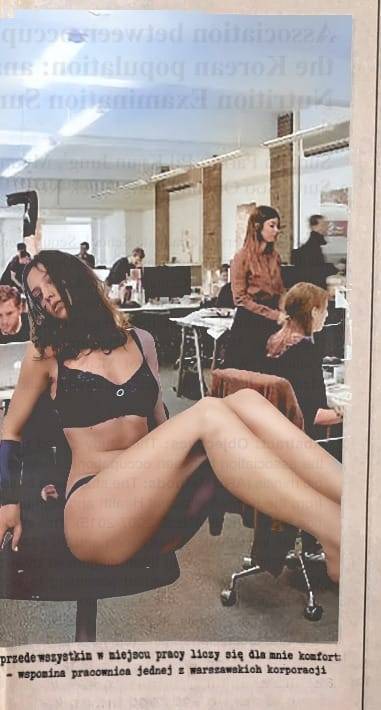
#vintage newspapers#vintage girl#vintage photography#80s aesthetic#90s aesthetic#80s nostalgia#retro aesthetic#oh my girl#80s vintage#vintage magazine#retro art#analog vibes#dark world#underground music
18 notes
·
View notes
Video
Climbing ice in a couloir by Boldizsár N. Via Flickr: flickr | facebook | 500px | instagram | béhance | tumblr High Tatra Mountains Yashica T3 Tessar 35mm, f/2.8 Agfa Precisa CT 100
#35mm film#35mm camera#35mm photographer#35mm photohraphy#photographers on tumblr#original photography#yashica#t3#tessar#f/2.8#agfa#precisa#ct#100#slide#film#film photography#film camera#film grain#analog camera#analog photography#analog#analog photohrapher#analogue#analog vibes#celluloid#snow#ice#ridge#berg
3 notes
·
View notes
Text

Instagram
#mea#original photography on tumblr#35mm film#analog vibes#conceptual photography#monoart#original photographers#film grain#grainisgood
5 notes
·
View notes
Text

Next stop…
Shot on Kodak ColorPlus.
#street photography#film is not dead#film photography#analog vibes#aesthetic photography#aesthetic#kodak colorplus 200#photographers on tumblr
9 notes
·
View notes
Photo

jefferson, tx | @hannalchemy
#film camera#film#film photography#fujifilm#color film#35mm#35mm film#35mm color film#35mm camera#35mmclub#35mm photography#analogue#analog#analog vibes#Street Photography#my photo#my photos#women#woman photographer#woman artist
16 notes
·
View notes
Text

2023
© alessa berti
#analog#analoguepeople#film#analog vibes#35mm#analog aesthetic#analog art#film photography#film is not dead
5 notes
·
View notes
Text

"Indie", short for "independent", is a term that originated as a descriptor of independently produced and distributed content, particularly in the arts and media. It has since evolved into a broad cultural category that applies to creative works—most commonly music, film, video games, and literature—that are produced outside the commercial mainstream, often with limited financial backing, but with a high degree of artistic freedom. Over time, "indie" has come to signify not only a mode of production but also a particular aesthetic, ethos, and cultural identity. This article explores the origins, development, and manifestations of the indie phenomenon across various domains, including its economic structures, cultural implications, and aesthetic principles.

The term "indie" derives from the English word "independent," used in the 20th century to describe businesses, artists, and cultural producers that operated autonomously from dominant commercial or institutional systems. The earliest uses of "indie" as a cultural label appeared in the 1970s and 1980s in the context of the music industry, where independent record labels began to support artists who were not signed to the major recording companies. Over time, the term was applied to other artistic fields as a descriptor for similar grassroots and self-managed forms of cultural production.

Indie music, perhaps the most prominent domain associated with the term, refers to music produced and distributed independently from major commercial record labels. Its roots trace back to the punk rock and post-punk movements of the 1970s in the United Kingdom and the United States. Pioneering labels such as Rough Trade Records (UK), Factory Records (UK), and Dischord Records (US) emerged to support artists who rejected the conventions of mainstream music, both in terms of sound and corporate control.
During the 1980s and 1990s, the indie scene diversified significantly. Sub-genres such as indie rock, lo-fi, college rock, and twee pop gained traction. Bands like R.E.M., Pixies, The Smiths, and Sonic Youth were central to this development. The 2000s saw a global expansion of the indie music ethos with the rise of digital distribution platforms and social media, which allowed independent artists to reach large audiences without traditional gatekeepers.
Indie music is often characterized by a DIY (do-it-yourself) approach to recording, distribution, and performance. Lo-fi production, analog equipment, and intimate lyrical content are frequently cited hallmarks of the genre. Aesthetic values tend to prioritize authenticity, experimentation, and emotional honesty over commercial appeal or technical perfection.
Indie music has had a profound effect on the global music industry, fostering innovation and diversity while challenging traditional industry structures. Economically, it has given rise to a robust ecosystem of small labels, venues, festivals (such as SXSW and Pitchfork Music Festival), and online platforms like Bandcamp and SoundCloud. Culturally, it has influenced mainstream music, fashion, and youth subcultures, contributing to the development of broader movements such as hipsterism and alternative lifestyle branding.

The indie film movement began gaining prominence in the mid-20th century, particularly in opposition to the studio-dominated "Golden Age" of Hollywood. In the United States, filmmakers such as John Cassavetes in the 1950s and 1960s laid the groundwork for independent cinema by self-financing personal and experimental films. The 1980s and 1990s saw the emergence of a flourishing indie film scene supported by festivals such as Sundance, Toronto International Film Festival (TIFF), and Cannes' Directors’ Fortnight.
Notable directors who emerged from this milieu include Quentin Tarantino, Richard Linklater, Steven Soderbergh, Jim Jarmusch, Kelly Reichardt, and Wes Anderson. These filmmakers often operate on smaller budgets and are known for their narrative risk-taking, unique visual styles, and a focus on character-driven stories.
Independent films are often financed by small production companies, crowd-sourced funding, grants, or private investors. Distribution methods vary widely, ranging from limited theatrical release and festival circuits to direct-to-streaming and video-on-demand. Companies such as A24, IFC Films, and Neon have become notable champions of indie cinema in the 21st century.
Indie films are distinguished by their emphasis on artistic vision and thematic complexity. They tend to eschew genre conventions, featuring unconventional storytelling techniques, ambiguous narratives, or socially conscious themes. Stylistically, they often use natural lighting, handheld cinematography, and non-professional actors to create a sense of realism and intimacy.
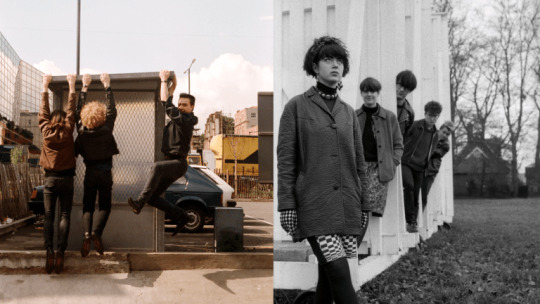
The term "indie game" refers to video games developed by individuals or small teams without the financial or infrastructural support of major game publishers. The rise of indie games is closely tied to the advent of digital distribution platforms such as Steam, Itch.io, GOG.com, and Xbox Live Arcade, which democratized access to audiences beginning in the mid-2000s.
Early influential indie games include Braid, Super Meat Boy, and Minecraft, all of which demonstrated that small teams could produce commercially successful and critically acclaimed titles. More recent examples like Celeste, Hades, Undertale, and Stardew Valley have continued to push the boundaries of game design and narrative within the indie framework.
Indie developers typically rely on personal savings, crowdfunding platforms like Kickstarter and Patreon, or grants from arts organizations and tech companies. The development process is often more flexible and experimental than in the mainstream industry, allowing for unique game mechanics, niche themes, and bold artistic styles.
Indie games are often celebrated for their innovation, inclusivity, and emotional depth. They are more likely to explore marginalized voices, unconventional gameplay, or introspective themes. The indie scene has also played a significant role in the broader gamification of culture and the elevation of video games as a form of serious artistic expression.

Indie literature refers to works published outside of the major publishing houses. This includes books released by independent publishers, as well as self-published works facilitated by digital tools and platforms like Amazon Kindle Direct Publishing, Smashwords, and Lulu. The indie literature movement has democratized the publishing industry, allowing a broader range of voices and genres to flourish.
While indie literature spans all genres, it has been particularly influential in areas such as speculative fiction, romance, memoir, and experimental prose. It allows for stylistic and thematic risk-taking that might not be viable in commercial publishing. Notable examples of successful indie authors include Hugh Howey (Wool) and Andy Weir (The Martian), both of whom achieved mainstream recognition after initially self-publishing.
Though still sometimes marginalized by traditional literary critics, indie literature has gained increasing respect for its quality and cultural impact. Awards, critical reviews, and academic interest in self-published and small-press books have contributed to its growing legitimacy. Ebooks and print-on-demand technologies have further enabled the proliferation of indie literature.

At its core, indie culture is characterized by an ethos of autonomy, integrity, and anti-commercialism. It prioritizes creative control, authentic expression, and direct engagement with audiences. This ethos often intersects with broader social movements, including DIY culture, anti-corporate activism, and postmodern aesthetic sensibilities.
Despite its anti-mainstream origins, "indie" has itself become a commercial category. The popularity of indie aesthetics has led to their adoption by major corporations and brands, sometimes diluting the original subversive intent. Critics have noted that "indie" can sometimes serve as a marketing label rather than a true marker of independence.
Nonetheless, the tension between independence and commercial viability remains a central feature of the indie world, driving ongoing debates about authenticity, artistic integrity, and the future of creative work.

Indie is not only a mode of production but also a cultural identity embraced by communities and individuals. This identity is often expressed through fashion (e.g., thrifted or vintage clothing), taste cultures (e.g., preferences for niche or obscure media), and social values (e.g., environmental consciousness, inclusivity, and anti-consumerism). The indie identity is especially prominent among millennials and Gen Z cohorts and is often associated with urban, educated, and artistically inclined populations.

Indie culture represents one of the most significant cultural movements of the late 20th and early 21st centuries. It embodies a persistent quest for autonomy, creativity, and meaning in the face of corporate homogenization and mass production. Across music, film, games, and literature, the indie movement continues to challenge conventional boundaries, offer alternative narratives, and empower creators to shape the cultural landscape on their own terms. While not without contradictions, the indie phenomenon remains a vital and evolving force in global cultural life.
#indie#indie aesthetic#indie culture#indie art#indie music#indie film#indie games#indie lit#independent artist#independent cinema#independent music#diy culture#alt culture#alternative aesthetic#vintage aesthetic#boho#hipster#tumblr aesthetic#grunge aesthetic#postpunk#lofi#indie rock#artis freedom#creative freedom#authenticity#zine culture#minimalism#analog vibes#underground scene#independent creators
2 notes
·
View notes
Text



15 notes
·
View notes